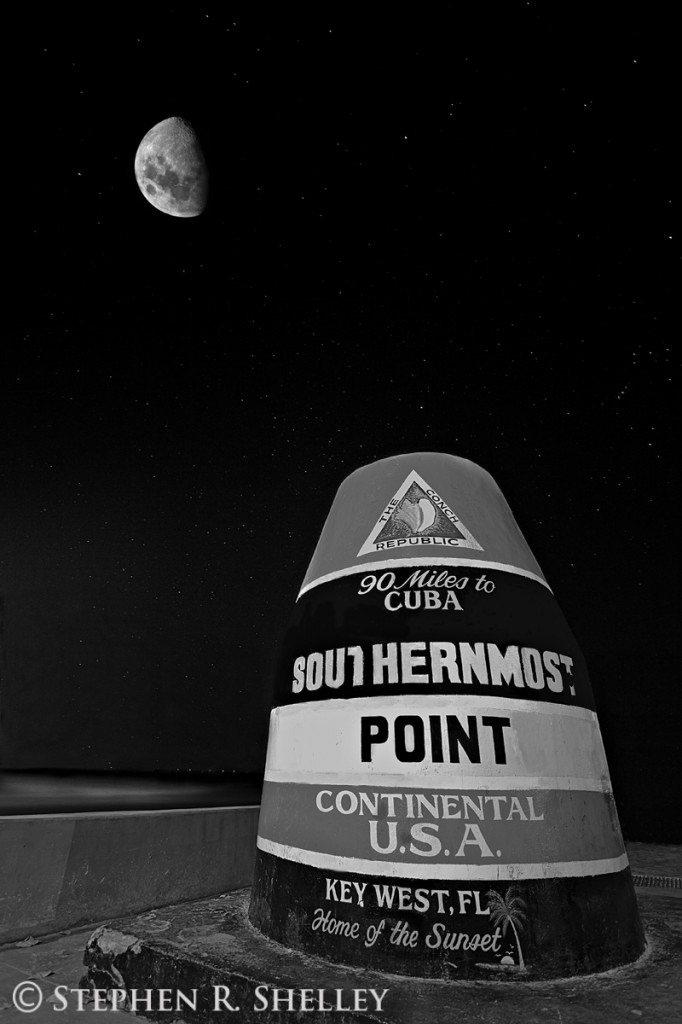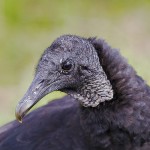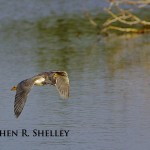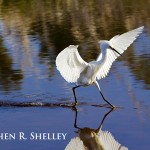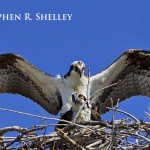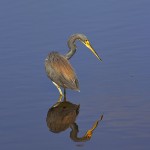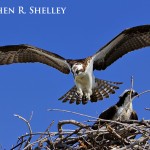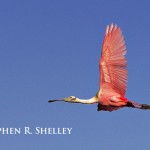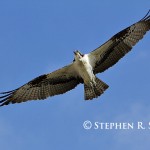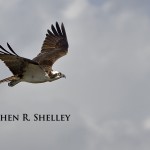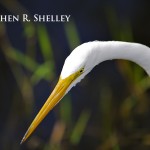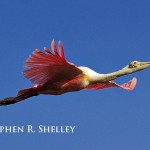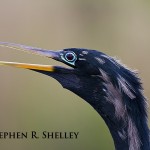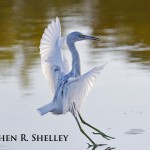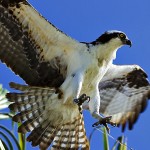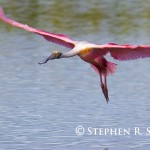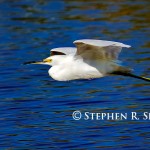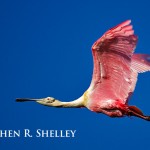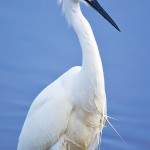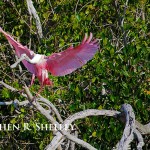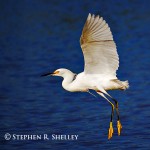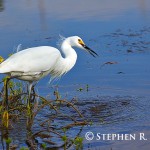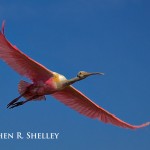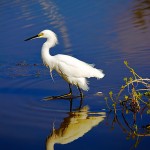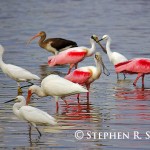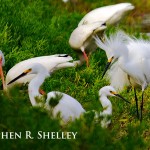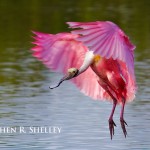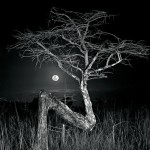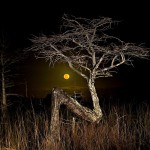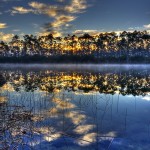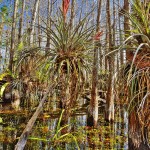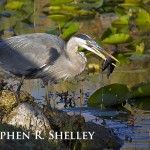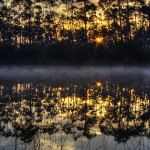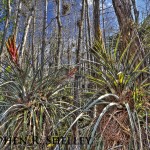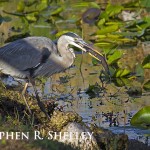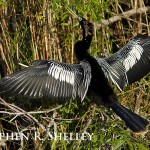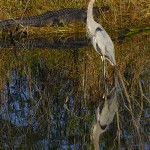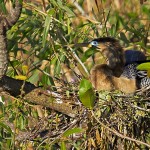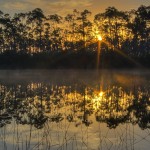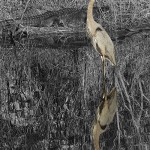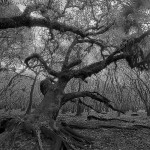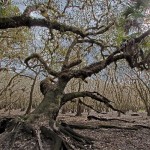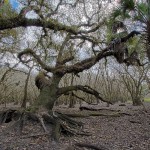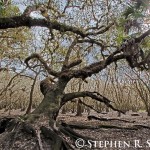For the most part, I have primarily focused on landscape photography of the Everglades, Big Cypress, Florida Keys and South Florida. However, I received many requests for bird photos or bird in flight photos rather than strictly landscapes. During my last photography trip to the Everglades I spent some time trying to photograph birds in flight at Eco Pond (see prior blog post). I enjoyed the experience but also learned that I needed a better and longer lens if I was going to capture photos that I deemed to be acceptable for printing and selling. At the time all I had was my Canon 55-250 Kit Lens.
I have been contemplating purchasing a new long lens for sports/action/birding/wildlife for some time. The holdup has always been what to buy. I have used a friends Canon 100-400 on a few occasions and was for the most part happy with the results. However, I was not thrilled with the push/pull design and found the images to not always be as sharp as I would have liked. I kept hoping for an announcement by Canon of a new version but so far no new model has been announced.
I happened to be searching the Internet for opinions as to alternative choices and came across recommendations for the Canon 70-200 IS f/2.8 ii paired with either a 1.4x III or 2x III teleconverter. I thought this might be a good choice for me while I was waiting for the new 100-400 to eventually come along. It would give me a wider range when combined with the teleconverter as well as the speed at 2.8 when not paired with the teleconverter. I knew the Canon 70-200 IS f2.8 ii by itself was almost as sharp as a prime based on the many reviews I had read when it came out. My only question was how is the image quality when paired with a teleconverter and what was the effect on the auto focus speeds? To find out I spent countless hours pouring over reviews, blogs, forums and sample images. I can honestly say I have read almost every post ever made regarding the use of teleconverters on a Canon 70-200 IS f2.8 ii lens and probably looked at almost every sample image.
From my research I derived the following consensus. This consensus is based on the numerous reports, blog entries and forum posts that I have read and not my personal experience.
1. If you own a full frame camera then either the 1.4x or 2x III will produce sharp image quality and maintain usable auto focus speeds for most subjects. However, proper technique is key to be successful with the 2x III for both image quality and auto focus on moving subjects.
2. If you own a 1.6 crop sensor camera then the 1.4x will produce sharp images with very little if any loss of image quality and only a slight decrease in auto focus speed. The loss in auto focus speed does not seem to be noticeable in real world applications and is fine for birds in flight and/or action sports.
3. If you own a 1.6 crop sensor camera then the 2x III will produce sharp images if used on a tripod when taking pictures of stationary objects or animals. It will not produce consistently great results when used handheld or when trying to take pictures of moving objects. It can still be usable handheld and/or with moving objects but the number of acceptable keepers will be significantly lower than with other 400 mm or greater lenses. This seems to be a result of the longer focal length due to the crop sensor 640 mm vs. 400mm when using a full frame camera. The extra focal length of the crop sensor makes any shake or camera movement more noticeable and the resulting image softer. The slowed auto focus serves to only amplify this result.
4. If you do a Google search for this subject and choose images instead of general search you will generally find that the majority of sharp images taken with a 1.6 crop sensor camera and the 70-200 is ii and 2x III will be of a stationary object or animal or slow moving object or animal.
5. The same Google search will generally show that any action shots taken with the 70-200 is ii and 2x III that are sharp will for the most part be taken with a full frame sensor and sometimes the 1.3 crop sensor.
6. Sharp images of action shots taken with the 70-200 is ii and 1.4x are equally taken with the 1.6 crop senor or full frame cameras.
Based on my research I opted to purchase the Canon 70-200 IS f2.8 ii and the 1.4x III teleconverter for my 1.6 crop sensor camera to use for birds in flight, action shots and general subject matter. This gives me an effective range with the 1.4x III teleconverter attached of (156mm to 448 mm at f/4).
I took delivery of the lens and teleconverter combination last Friday and was up bright and early the next morning to test it out. From my limited use I can say that I am very happy with this lens and the 1.4xIII teleconverter. On the computer screen I could not tell the difference between shots take with the 1.4x III teleconverter and those taken without in regards to image quality. I also did not notice any difference in the auto focus with the teleconverter vs. without the 1.4x IIII teleconverter for birds in flight in real world conditions. I highly recommend this lens combination to anyone looking for a 400 mm range zoom lens assuming your have a crop sensor body.
I also borrowed an older model 2x teleconverter from a friend and did some back yard tests on stationary objects to test the image quality. Again, there was very little difference between the images with the 2x teleconverter and those without. I did notice a significant slowing of the auto focus that would likely pose some problems in real world applications for birds in flight or other actions shots. Unfortunately, I did not get a chance to test the 2x teleconverter on any moving subjects this time. However, I will eventually purchase a 2x III for those times I need the extra reach for stationary animals or objects once my budget allows for the additional purchase.
I will post some pictures I captured on Saturday in another follow up blog post.
